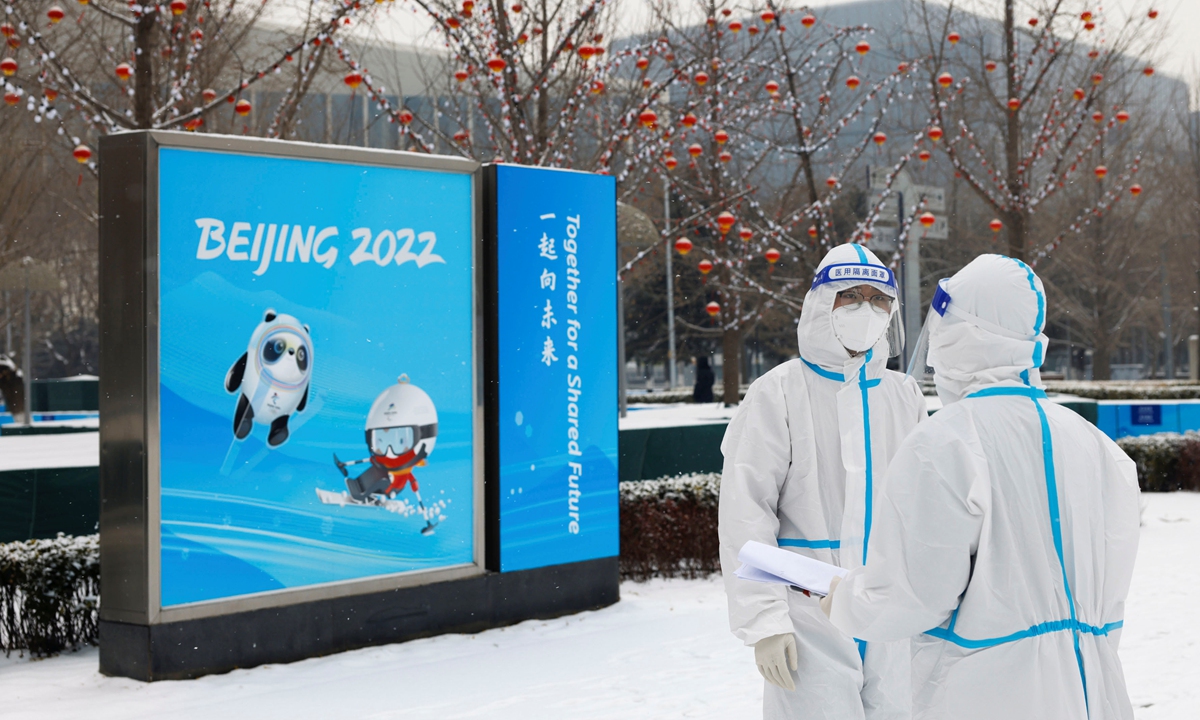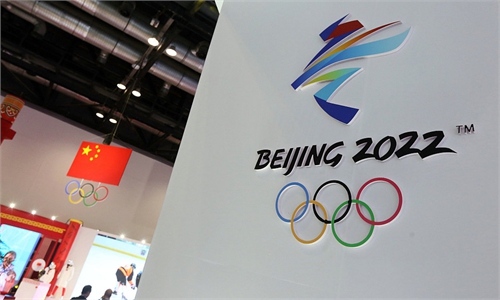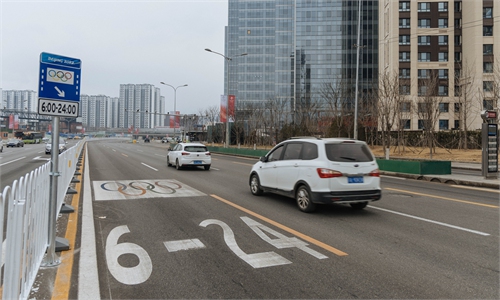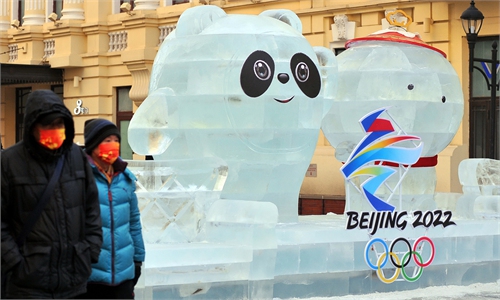Beijing 2022 adjusts criteria to make COVID test positive results stricter, a ‘balance between epidemic prevention and Games’

Workers wearing personal protective equipment walk past a board showing Bing Dwen Dwen, the Beijing 2022 Winter Olympic Mascot and Shuey Rhon Rhon, the 2022 Beijing Winter Paralympic Games Mascot, near the Main Press Center ahead of the Beijing 2022 Winter Olympics in Beijing, China January 22, 2022.
The Beijing 2022 Winter Olympic Games Organizing Committee and the Chinese authorities have refined the Games' COVID-19 countermeasures, including adjusting the criteria for determining nucleic acid test results and shortening the length of time that close contacts must be put under restriction.
According to a press release from the International Olympic Committee (IOC), the Organizing Committee has decided to adjust the criteria for determining the nucleic acid test results - under the new measures, only those with a PCR result that shows a Cycle Threshold (CT) of less than 35 will be considered COVID-19 positive, instead of the original 40.
The lower value indicates that it's more difficult for a person to get a positive test result, as CT values have an inverse relationship with viral loads.
The participants with a PCR result with a CT less than 35 will undergo isolation, but can be released if they are not displaying any COVID-19 symptoms and their PCR results are negative during the previous three consecutive days.
Once rejoining the closed loop, the person will be managed as a "close contact." Should the participant's PCR results in the following days have a CT value of less than 35, they will continue to be managed as a "close contact," according to the adjusted rule.
The adjusted rule shortened the time period during which a person deemed as a "close contact" is put under restriction from 14 to seven days. During the time, testing will be carried out twice daily and the person will be able to choose to take the test through a nasopharyngeal or oropharyngeal swab.
For participants who repeatedly receive test results with a CT of less than 35, a separate policy that will enable them to return home at the earliest possible time is being developed jointly by Beijing 2022 and the IOC, and will be communicated separately.
These measures have come into effect and will apply retroactively.
The adjustment was made following the Organizing Committee and authorities' consultation with medical experts, and has been developed in order to further adapt to the reality of the current environment and support the Games participants, said the IOC.
China has always adopted a positive determination standard with a cut-off of a CT value at 40, which is higher than the international norm, but it can avoid "false negative" test results to a greater extent, Zhuang Shilihe, a Guangzhou-based immunologist, told the Global Times on Monday.
"If the threshold is lowered from 40 to 35 or below, it is possible that a person newly infected with the virus may be judged negative because the viral load is not high enough. But these patients can still infect others," Zhuang said.
But Zhuang noted the probability of this happening is relatively small, and it is important for the organizing committee to strike a balance between epidemic prevention and the smooth running of the event.
"These adjustments today are Beijing's efforts to strike that balance," he said.
Beijing 2022's target has never been zero cases but zero spread, Brian McCloskey, chair of the Beijing 2022 Olympics medical expert panel, said at an online media briefing.
He said the number of cases in the closed loop is likely to rise, and the challenge for organizers would be to detect cases quickly and make sure they don't start spreading.
As of Sunday at midnight, Beijing 2022 had reported 43 positive test results among all Olympic-related personnel upon arriving in Beijing since January 4, none of them delegation members.
A total of 35 positive test results have been found in routine tests within the closed loop in the same period, including one athlete or delegation official.



